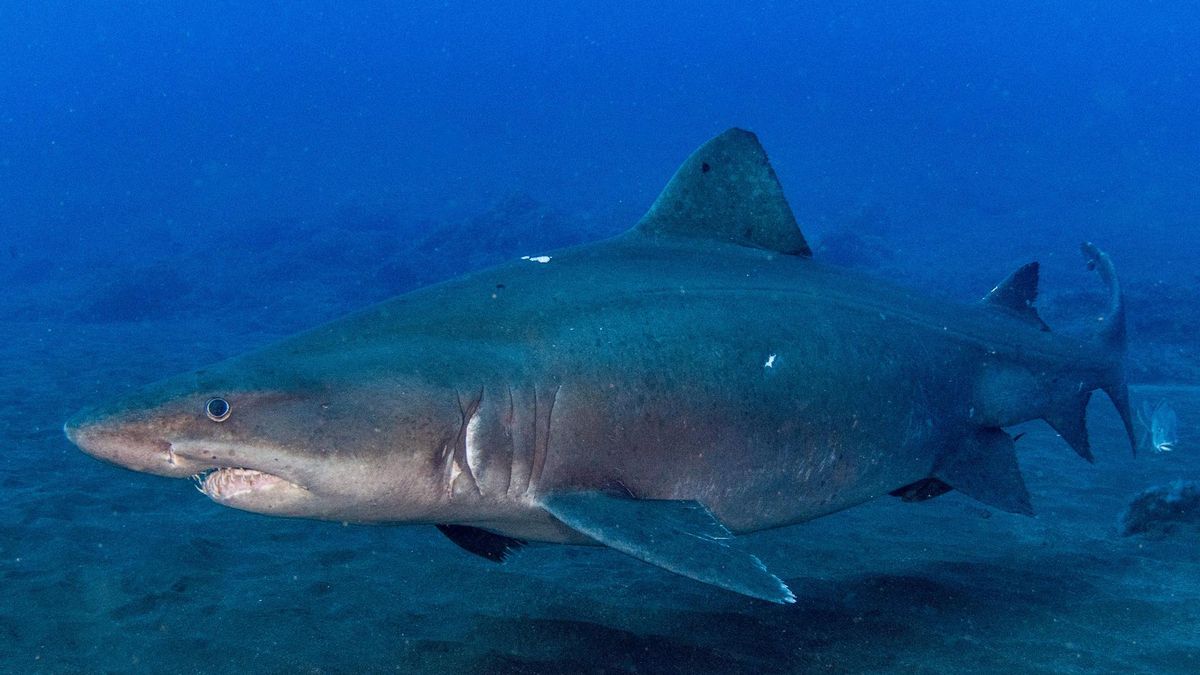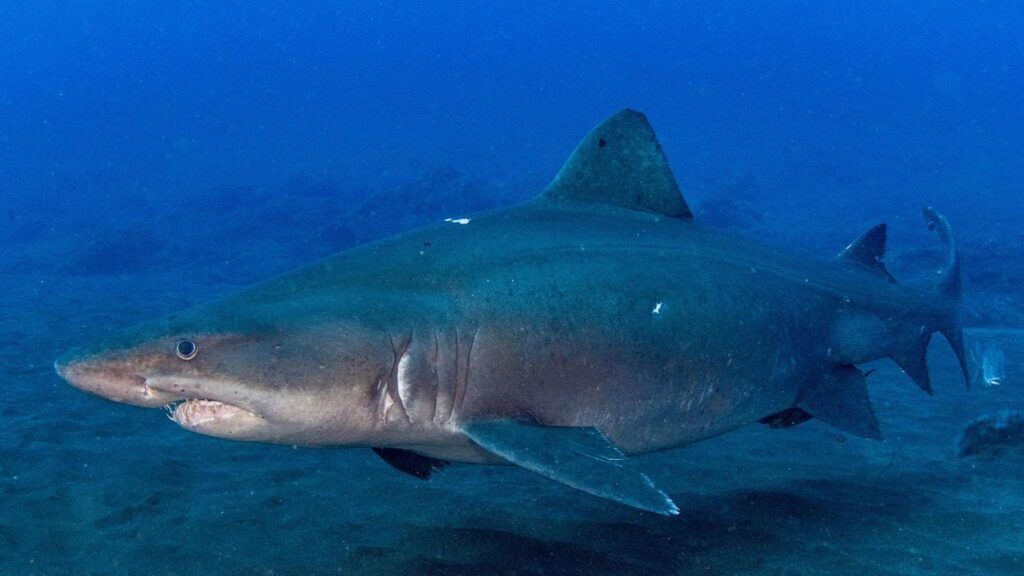Rare Deep-Water Shark Spotted Off El Hierro
Divers from the dive centers in La Restinga, part of the El Pinar municipality, have reported a thrilling sight in recent weeks: an appearance of the Odontaspis ferox, more commonly known as the Solrayo or Smalltooth Sand Tiger shark. This rare encounter took place within the protected waters of the Mar de Las Calmas Marine Reserve, marking a significant event as no such sightings had been recorded in El Hierro’s waters for approximately six years.
An Elusive and Vulnerable Species
Classified as vulnerable on the IUCN Red List of Threatened Species, the Solrayo shark is both uncommon and notoriously difficult to observe. This fascinating creature typically inhabits depths between 400 and 800 meters, can grow to over three meters in length, and is known for its surprisingly docile nature, which belies its formidable appearance.
Prime Diving Locations for a Sighting
On the island of El Hierro, this specific shark has been observed at the renowned dive sites ‘BajaRosario’ and ‘El Salto’. These spots are located within the environmentally rich Punta de La Restinga – Mar de Las Calmas fishery reserve, a area celebrated for its biodiversity and crystal-clear waters, making it a premier destination for advanced divers.
Dive Centers Mobilize for Responsible Viewing
Joseba Landaeta, director of the El Bajón Diving Center, confirmed that they have been tracking the presence of one Solrayo shark for the past three weeks, having successfully observed it on three separate excursions. “Nearly all the dive centers here in La Restinga are organizing special trips for a chance to see it, particularly in the afternoons when sightings are more likely,” Landaeta notes.
The news of this elusive visitor has generated a surge of interest, significantly increasing booking requests for dives from enthusiasts eager to witness such a rare species in its natural habitat.
A Commitment to Sustainable Ecotourism
Despite the high demand, Mr. Landaeta emphasizes that all local dive operators strictly adhere to a code of good practices for interacting with this little-known species. This crucial code of conduct was developed in 2020 with technical and scientific input from various entities and the support of the Canary Islands Government, following the initial sightings. The primary goal is to ensure that observations are conducted safely and without disturbing the natural behavior of this magnificent visitor to El Hierro’s waters, turning a rare sighting into a model for responsible marine ecotourism.


